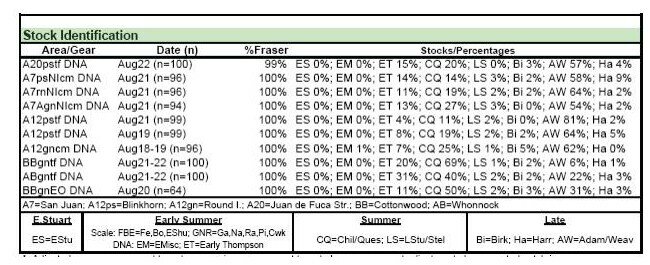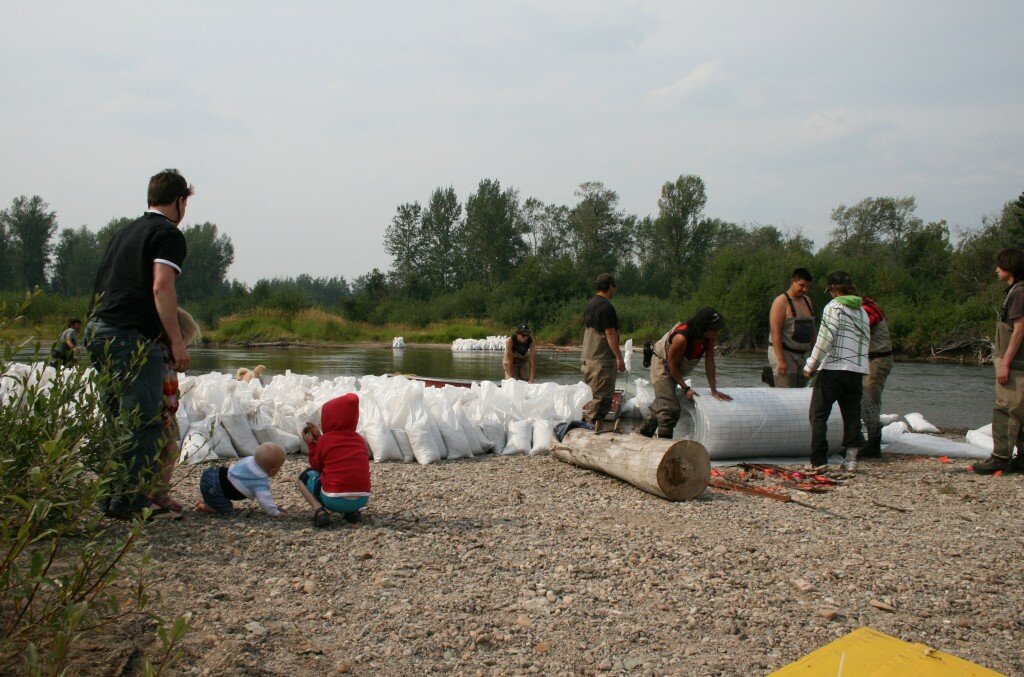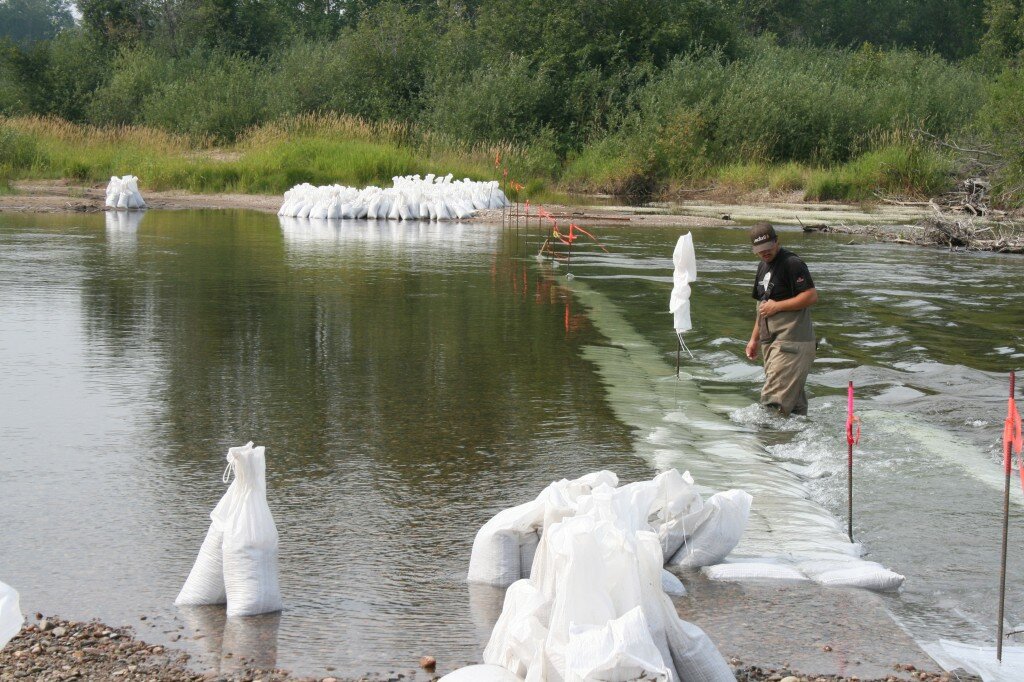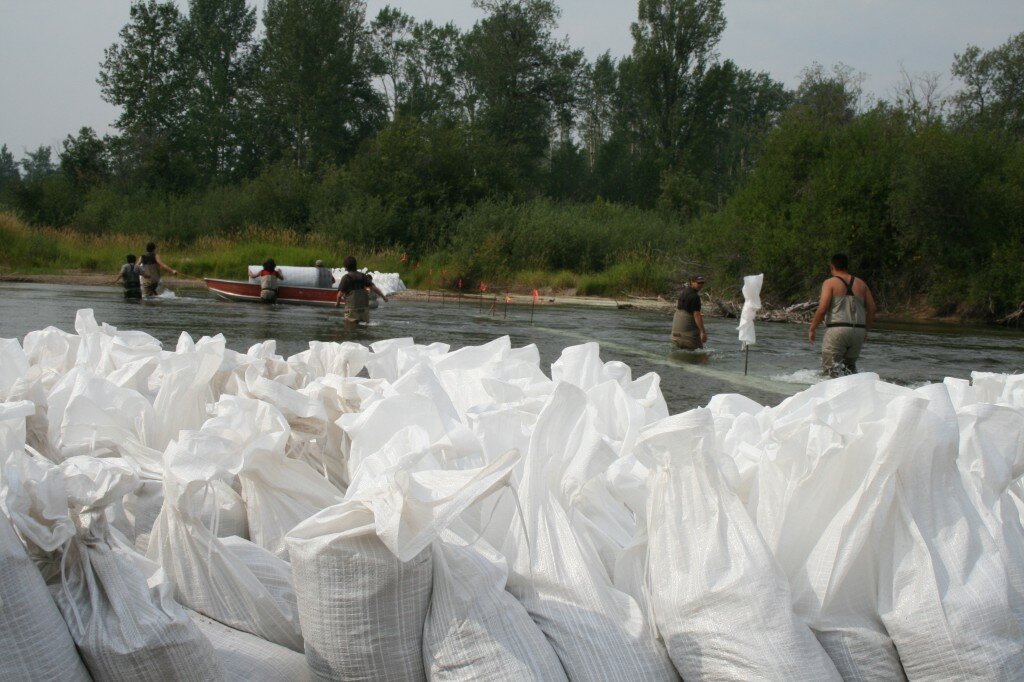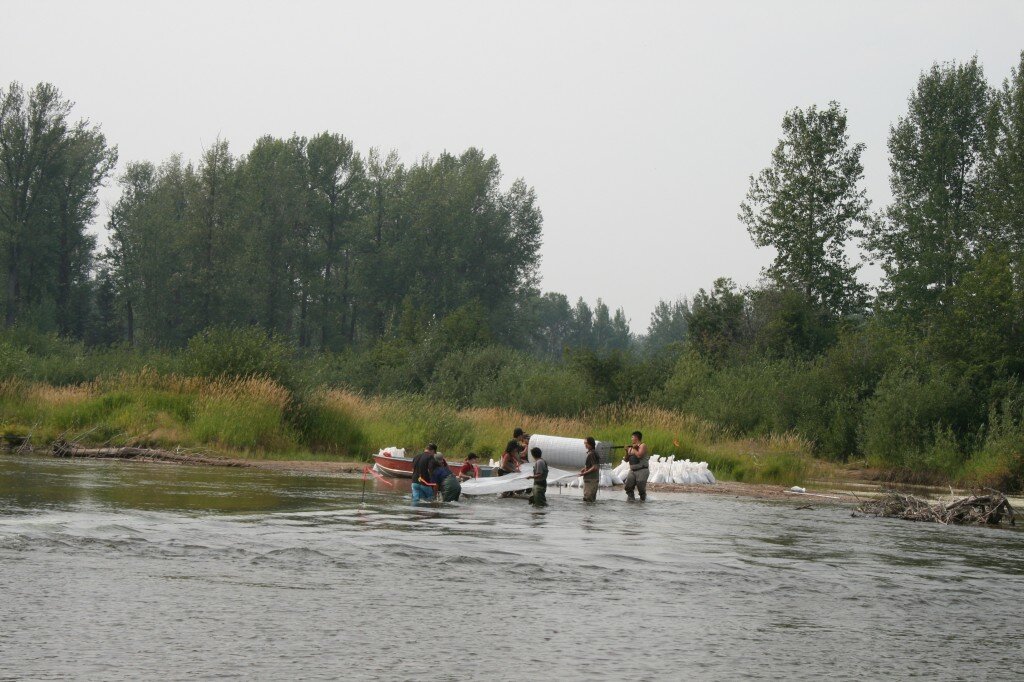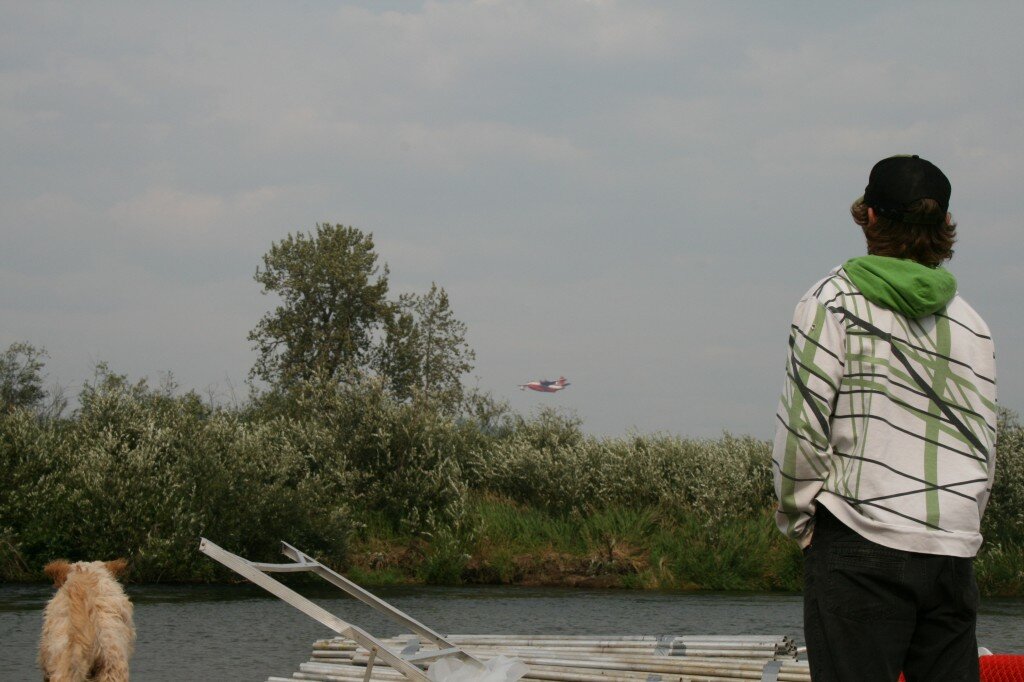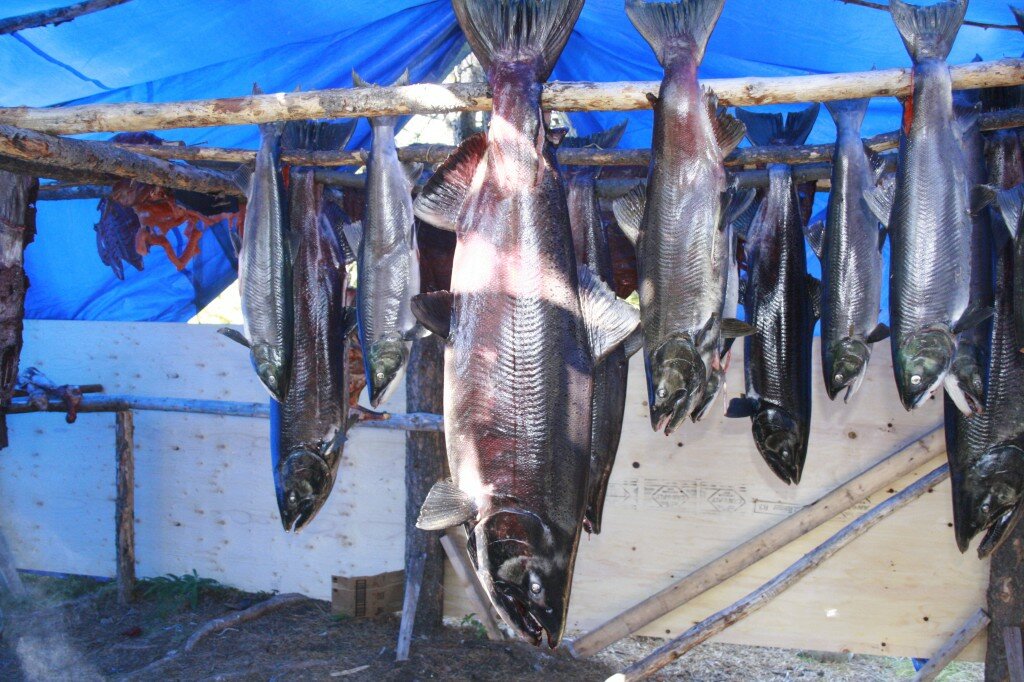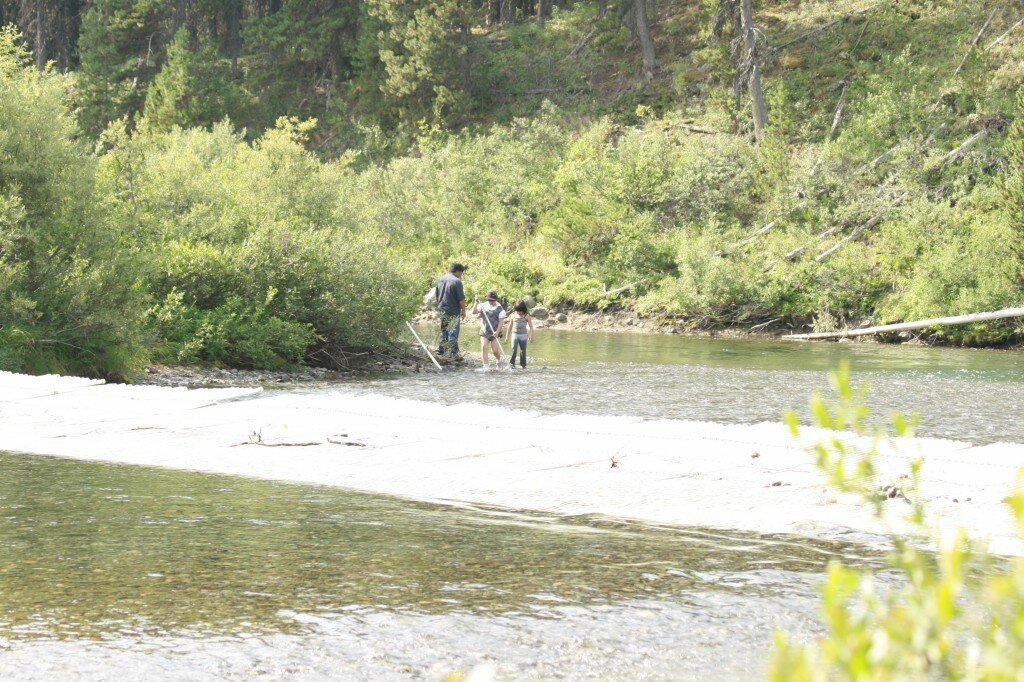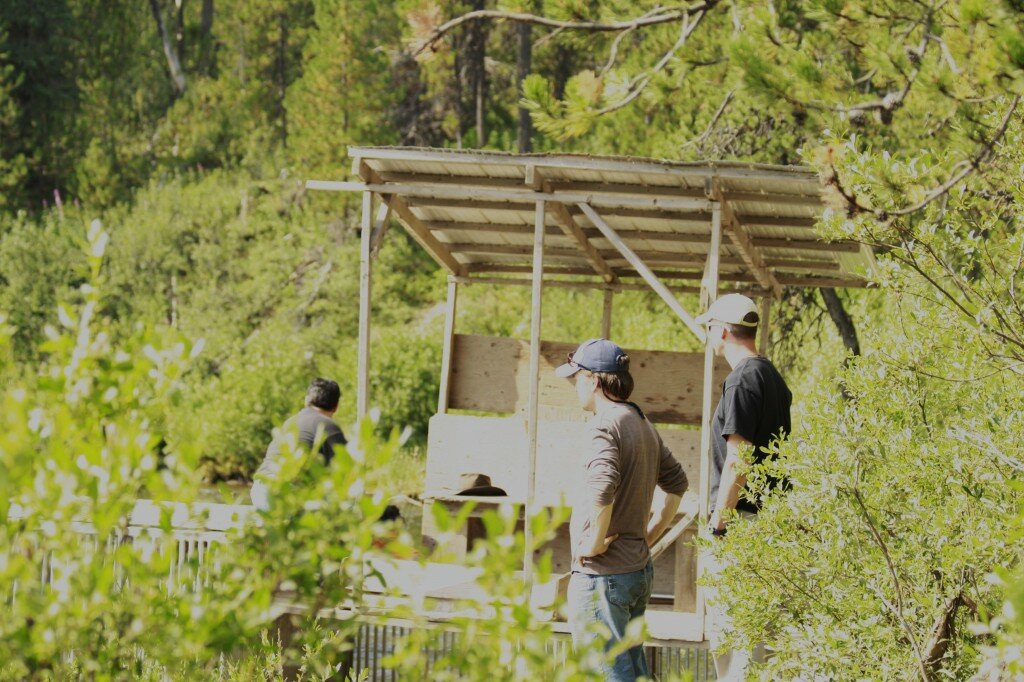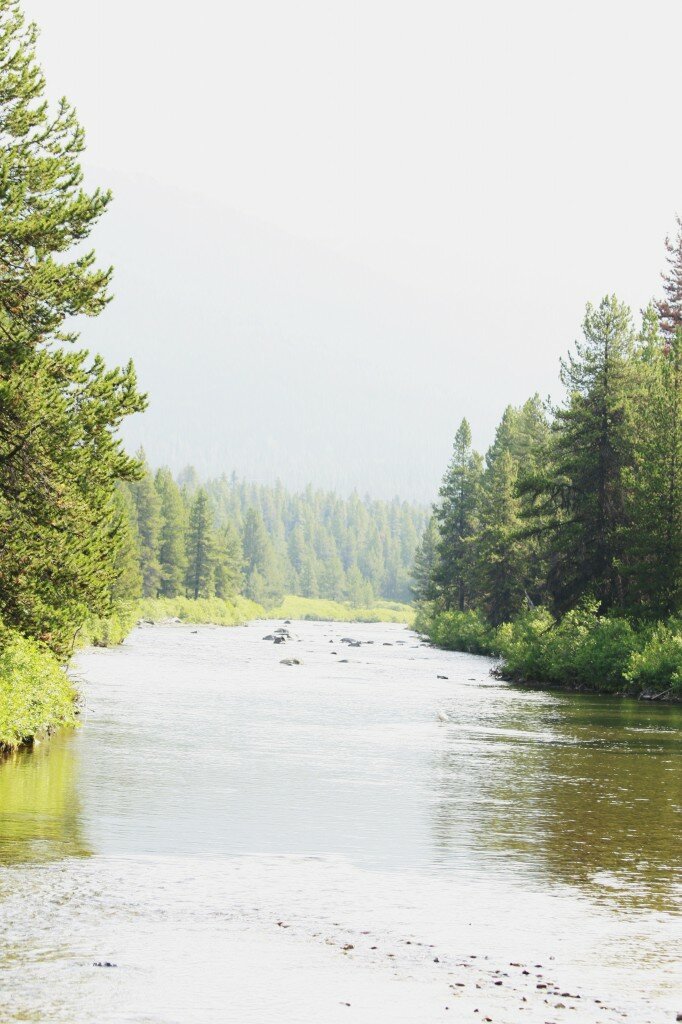Yesterday the Cohen Commission issued a news release: .
As suggested:
At the beginning of the commission’s scientific research program a Scientific Advisory Panel composed of six pre-eminent fisheries scientists was created to assist with the development of the commission’s scientific research program. The commission has determined it is appropriate to transition from the model of the Scientific Advisory Panel to a new model that will focus on the peer review of the researchers’ reports.
Might we surmise that there is no connection between this and the many of several of the scientific advisors and the ?
Would appear that Ms. Shore (the PR specialist hired to do communications) did a marvelous job of wording this press release. A good public relations consultant can be worth the significant invoices. There’s certainly a reference in the news release to the folks out there that have suggested: maybe having folks that have done significant amounts of work on the Department of Fisheries and Oceans dime may not be the most “independent” advisors for looking into the broken piggy bank that is DFO…
“The Panel members, all pre-eminent scientists with a high degree of expertise in the areas to be investigated by the commission, have performed their advisory role in a completely independent, professional manner in the best interests of the commission,” said Wallace [senior commission counsel].
I’d be curious to know what the “best interests of the commission” means…? Does that mean the “public”? Or does that mean in the best interests of the folks that created and funded the Commission… (e.g. Mr. Steve-O Harper)? Or does that mean in the best interests of the advisors, as they are part of “the commission”?
Curious statement…
_ _ _ _ _
In essence, what the news release might really be suggesting is that the batter for Cohen cookies is being made from scratch — not from the recipe book…(unfortunately, I just hope that the first ingredient isn’t a whole lot of cups of chaff and not a lot of flour…and lacking significantly in chocolate chips):
The commission is also considering other processes for exploring the various technical and scientific issues, such as panel discussions and forums in which experts retained by the commission and those nominated by participants could exchange views and challenge each other’s findings and conclusions in an open but non-adversarial setting.
Here we are approaching nine months left in the Commission’s ridiculous time line (deadline of May 2011 for final report) and the “model” for the scientific panel has changed and we are “considering other processes for exploring”…. Yikes…
_ _ _ _
Accompanying the finely crafted new release basically stating: ‘we are really making this up as we go’ — is a Backgrounder: outlining all the “technical and scientific research projects” that the Commission is undertaking (twelve of them). Here they are with some commentary and thoughts:

Project 1 of Cohen Commission
Excellent… however, in the 10,000 full time equivalents (FTEs) currently hired by the federal Department of Fisheries and Oceans (DFO) — which by the way has the legislated mandate to “CONSERVE WILD SALMON” — has not been able in the last fifty years to hire or contract out a “veterinary scientist” to take a broad view…?

Project 2
Did you read my commentary on Project 1?
Ummm, wouldn’t “contaminants” in relation to “distribution of sockeye Conservation Units” (CUs) be a pretty key component of a Wild Salmon Policy that apparently contains somewhere between 35-45 Sockeye CUs in the Fraser River (it’s constantly changing)…?
Oh no… well… hold on a second… we do have a Wild Salmon Policy in Canada… we have for five years as legislation and well over ten as draft legislation…

Project 3
Now there’s a thought… great plan. I’ll be looking forward to reading the report on this project… but wait a second… wouldn’t this also be a pretty damn important part of a DFO staffer job description? Wouldn’t this be a crucial part of implementing an effective Wild Salmon Policy?

Project 4
Last time I checked it was called the: Department of Fisheries and OCEANS… 10,000 FTEs and there isn’t a specific research arm looking at this…?

Project five
Well… HELLO Province of British Columbia… wasn’t this your mandate? Oh yeah, the courts just determined that the federal government screwed up ‘royally’ when they handed the management of salmon farms to the Province… And how does that new proposed salmon farm legislation look?
(ever heard the expression “dilution is the solution to pollution”? Yeah, it’s also the solution to drafting legislation…)

Projects Seven and Eight
uh huh… please refer to previous comments. Last time I checked it was called the Department of FISHERIES and OCEANS…

Project nine
Looking forward to reading this one as well… however, there is also this brilliant concept out there… it’s been around awhile… PRECAUTIONARY PRINCIPLE… (I use it from time to time when I drive through a traffic light intersection…).
By the way have you seen … it’s only about 52 pages… nice light read. What do you think this report will get to? (triple that… quad… quint…)

Project 10
Could be an interesting read… However, please refer to job description of DFO researchers tasked with this… oh wait… there isn’t one.
“Over-escapement”? Please read Joseph Campbell’s many fascinating books on myths and storytelling.
This is a concept crafted about the same time as Kraft Dinner. How can there be such a thing when the same Fraser River once supported sockeye populations of over 160 million fish on peak years?

Project eleven
Another good read, I’m sure. I’m very curious about the economic analysis (see numbers from last year on #1 most popular post on this site ) and DFO’s abilities… Just wondering if this will be like reading Tolstoy’s War and Peace… rather longgggg…

Project twelve
Great idea… DFO where you been on this one. Isn’t there a “no net loss” to habitat policy? And really… how does one replace over 100 streams lost in the lower Fraser Valley over the last few decades due to urbanization?
_ _ _ _ _
Now I recognize my posts can sometimes can get a little long and windy… but how many pages do you think these twelve research reports will entail…. 2500 pages…? 5000 pages…? 10,000 pages?
I seem to remember a press release from the Cohen Commission not that long ago explaining delays in the hearing process due to the hundreds of thousands of DFO documents flowing into their offices like the landslide near Pemberton.
So now, there are close to 100 days of hearings scheduled from October through the New Year (five days a week for 20 weeks) for individuals and organizations granted “standing”… there are days and days of hearings for public presentations throughout the Province… and now the Commission is “considering other processes for exploring the various technical and scientific issues”…
PLUS, these twelve projects:
In most cases, the researchers will provide the commission with a progress report by November 15, 2010 and a final report by January 31, 2011. These reports will be peer-reviewed with researchers and external reviewers providing critical analysis. The researchers will summarize their findings and conclusions during the commission’s public evidentiary hearings in the winter, at which counsel for participants will have an opportunity to question the researchers and test their theories.
AND THEN… Justice Cohen is going to analyze all of that and come up with a FINAL REPORT by May 2011 (nine months from now).
Give me a break folks.
One, if Justice Cohen and his crew does achieve this by May 2011 – award them the Nobel Prize or something equivalent.
Two, if the Commission achieves that deadline… how good will their analysis and recommendations be?
Three, if the analysis and recommendations are watered down due to tight timelines.. has the whole exercise really been worth it?
Four, where the ^@#! has DFO been the last five decades on all of the “Projects” announced above?
Lastly… how is someone from the general public, a First Nation, a youth, or otherwise (with much knowledge that may not be “pre-eminent” scientific) be able to review these twelve projects and every other piece of paper pumped out by the Commission and then provide feedback and input?
This “Commission” is simply turning into the realm of lawyers, scientists, and “pre-eminent experts” with very little opportunity for truly informing the public, truly informing youth that will inherit this issue, or providing a true opportunity for public participation. Oh wait, if you’d like to make a public presentation you have to keep it to 10 minutes… thanks for that…
Public input = presentations capped at 10 minutes (sadly, this may be labeled as: tokenism)
Folks and organizations granted “standing” = well over 100 days of hearings
pre-eminent scientists = At least 12 projects, peer review, potential panel discussions, and review by folks granted “standing”, and thousands upon thousands of pre-eminent academic pages that should gather a good solid dose of pre-eminent dust in coming decades…
_ _ _ _
What about the possibility that leaving the “management” of sockeye to pre-eminent scientists and politicians and experts (e.g. Ministers with incredible discretionary decision-making power) could very well be the main issue at hand?
I do remain hopeful that Justice Cohen and his staff can come up with something that can truly make a difference… however, sadly, as the process is being made up along the way and the paper production starts to resemble ten year’s production from a Prince George pulp mill… I get a bit sad.
Is this simply a $15-$20 million paper production exercise…? will it come up with anything better than the last five public inquiries into the issue in the last 20 years?
Good luck…truly.
I hope that this is the pre-eminent public inquiry that truly creates the change in how we look after Fraser sockeye — once the pre-eminent sockeye run of the world.

